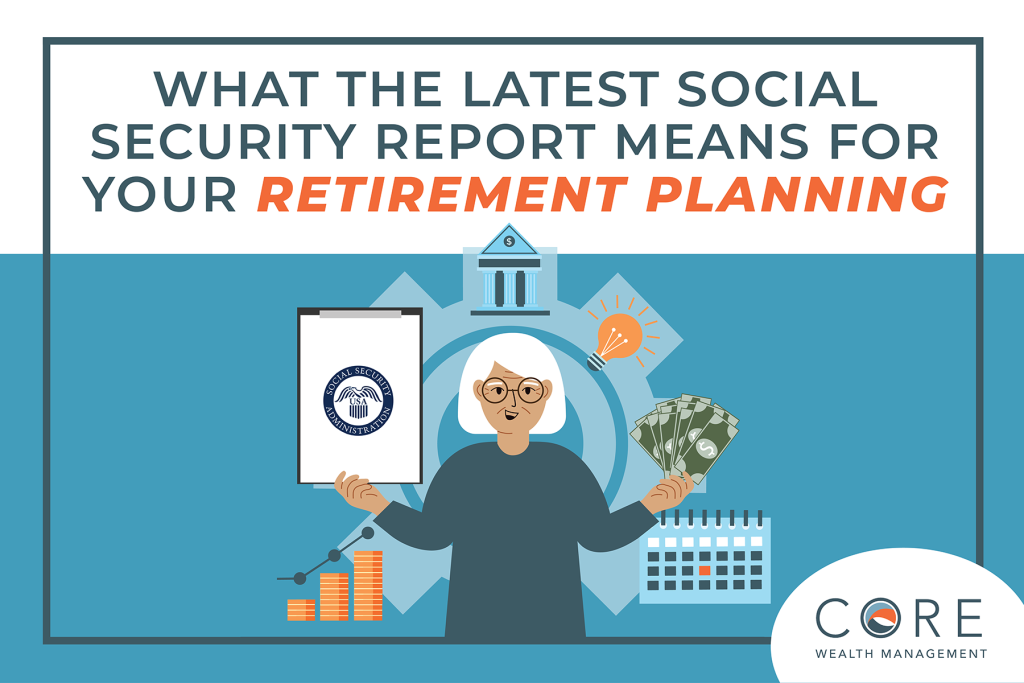
For many, social security income, in conjunction with pension income and investment portfolio withdrawals, is relied upon to meet cash needs in retirement. For several years now, there has been concern that the social security system may not provide the benefits that many workers are counting on.
First, for some background: Social Security is a pay-as-you-go program. This means that those that are currently working, are paying into Social Security through payroll tax (FICA) deductions – 6.2% paid by the employee and 6.2% paid by the employer on the first $168,600 in income. These payroll taxes are basically funding the benefits that are being paid out to those who are collecting Social Security benefits.
For most of Social Security’s history, the program’s inflows exceeded the benefits paid out. This was especially true during the baby boomers peak earning years. As a result, excess funds accumulated in the OASI Trust Fund. However, now with baby boomers retiring, the amount of benefits being paid out exceeds the inflows being collected from payroll taxes. As a result, the Trust Fund has been tapped to make up for the difference.
Earlier this month, the Social Security Board of Trustees released its annual report on the status of the OASI Trust Fund. The report estimates that if no changes to the Social Security program are made, the OASI Trust Fund is expected to run out of money in 2033. It also estimates that if that were to happen, inflows from payroll taxes would still be able to keep up with 79% of scheduled benefits. When combined with the OASDI Trust Fund, Social Security is expected to be able to pay all benefits until 2035, one year longer than expected when a similar report was issued in 2023, and then pay 83% of scheduled benefits thereafter. This is the predicament that people refer to when they say that Social Security is going “bankrupt” or that it is insolvent.
The government has many levers it can pull to help protect benefits.
- Payroll taxes can be increased, either by increasing the payroll tax rate and/or increasing the wage base on which payroll taxes are based.
- Retirement ages can be adjusted upward for those currently in the workforce.
- The government can print more money to cover the shortfall or reallocate dollars spent elsewhere.
Social Security is an incredibly important program for the US and its citizens as over 50% of those over age 65 receive 50% or more of their income from social security. The implications of the system collapsing or not being able to meet its obligations are too great. At some point, the government will intervene, perhaps not until its hand is forced due to the potential political ramifications associated with any changes. But it is important to understand that in the unlikely event that the government does not implement some modifications to the program, retirees will still receive benefits; perhaps just not as much as expected.
We do not recommend making any changes to your Social Security collection strategy due to the possibility that benefits will not be there when you go to collect. However, it may be prudent to incorporate these uncertainties into your evolving retirement plan.
